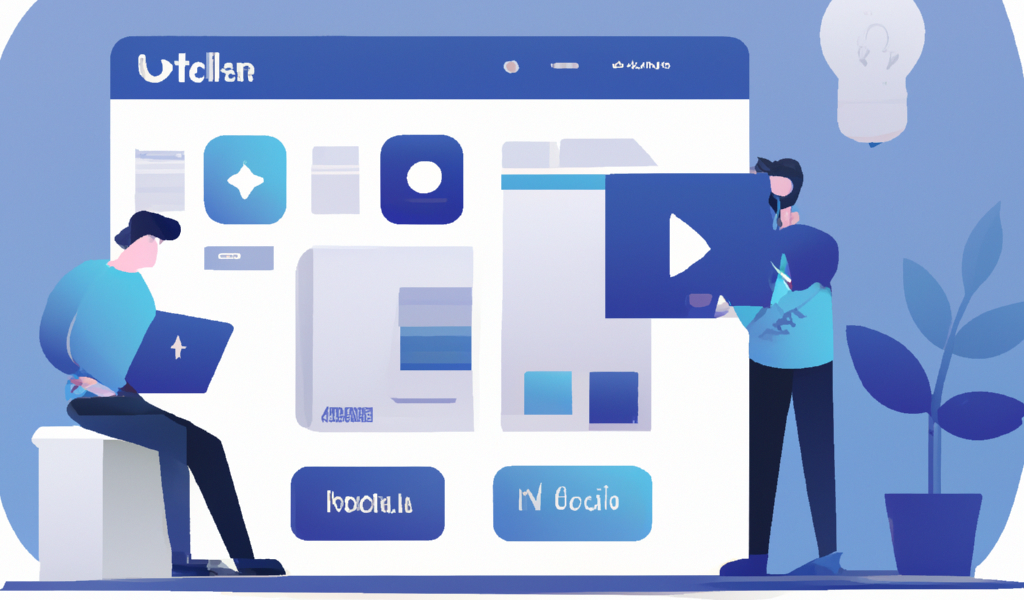
Scaling UI Development challenges
Scaling UI development can be a challenging task, especially as the size and complexity of a project grow. Here are some common challenges that teams may face when scaling UI development:
Maintaining a consistent design language: As the number of designers and developers working on a project increases, it can be difficult to maintain a consistent design language across all UI elements. This can lead to a fragmented user experience and make it harder for users to navigate the application.
Managing code complexity: As the number of UI components and features grows, the codebase can become increasingly complex. This can make it difficult for developers to understand and work with the code, leading to slower development times and increased maintenance costs.
Ensuring cross-functional collaboration: UI development often involves close collaboration between designers and developers. As the team grows, it can be challenging to ensure that all team members are aligned and working towards the same goals.
Adapting to changing project requirements: As a project evolves, the UI may also need to change to meet new requirements. This can be challenging, especially if the UI has become complex and difficult to modify.
Testing and debugging: With a larger and more complex UI, it can be time-consuming to thoroughly test and debug all UI elements. This can lead to longer development cycles and a slower release schedule.
To address these challenges, it is important for teams to adopt best practices and tools that can help them scale UI development effectively.
UI code generators that use Machine Learning, such as Codis, can help with scaling UI development by automatically generating code from design specifications. This can save time and reduce the risk of errors by eliminating the need for manual coding of UI elements. By using a code generator, teams can focus on more high-level tasks, such as designing and testing the UI, rather than spending time on low-level coding tasks. Code generators can also help to ensure consistency in the codebase by generating code that adheres to predefined standards and patterns. This can make it easier for developers to understand and work with the code, improving the efficiency and scalability of the development process.
In addition, using design systems to maintain a consistent design language, adopting agile development methodologies to facilitate cross-functional collaboration, and using automated testing tools to speed up the testing and debugging process. By addressing these challenges early on, teams can build a scalable and maintainable UI that can adapt to changing project requirements and support future growth.
